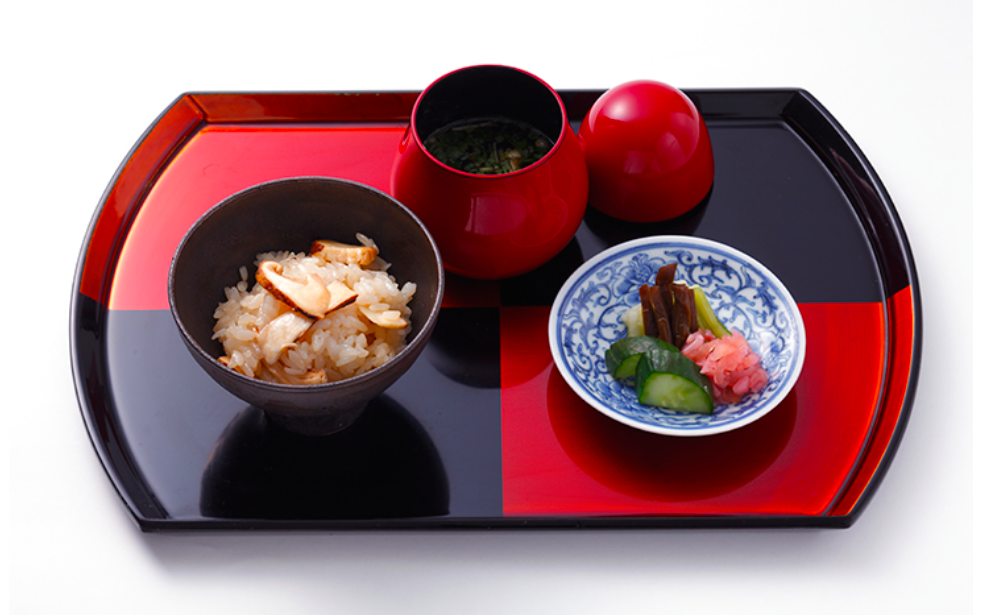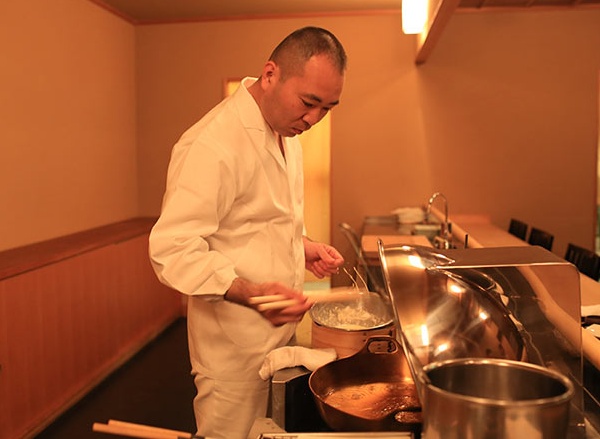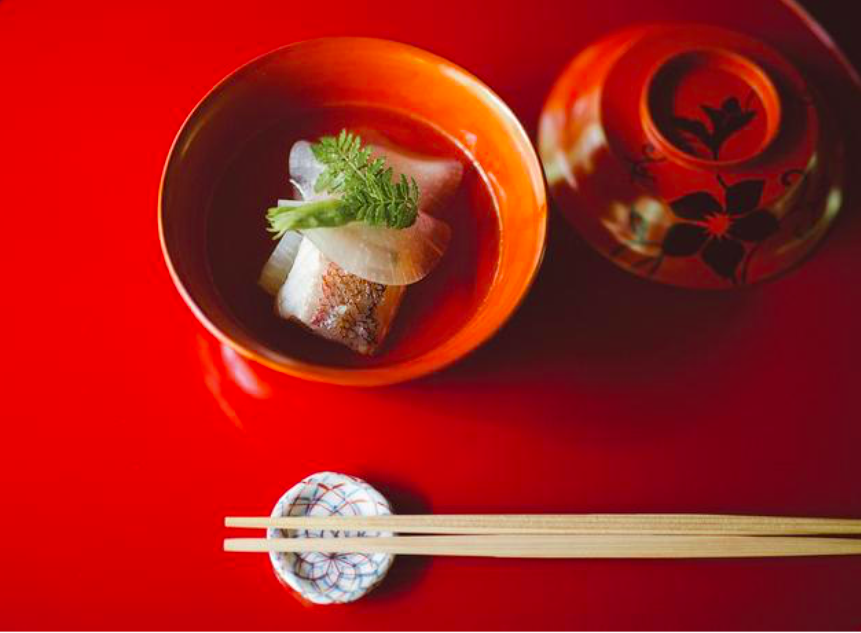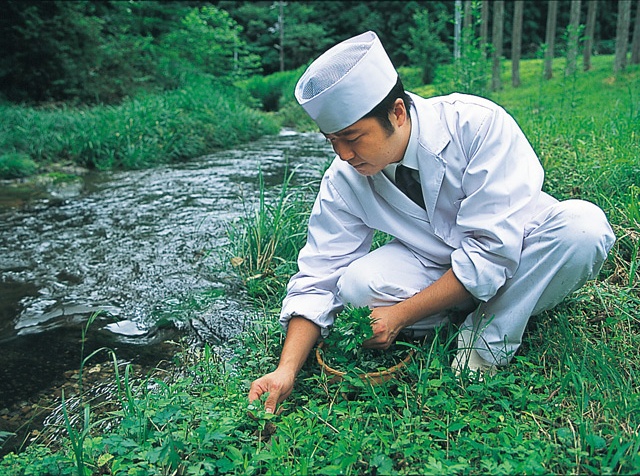Japan's Culture & Culinary Artisans
Because Japan is a long country surrounded by mountains and ocean from north to south, you’ll find a culinary treasure trove in the variety of different foods all across the country.
By AAJ Editorial TeamTo maximize the innate flavors of foods provided by nature and express their depth, Japanese chefs are committed to freshness, scrutinizing ingredients for a truly seasonal flavor and appearance to create the ultimate dish.
The world of Japanese food evolves daily with the skills of chefs who are active throughout the entire country, connecting with quality ingredients rich in the personality of each region. This isn’t limited to the flavors of traditional Japanese foods at veteran ryokan or a sushi bar that serves local fish, but involves the realms of the French auberge and Italian food cooked with local ingredients as well. The untiring challenges of making advanced, creative foods is popular not only among gourmets, but also loved by many people of all walks of life. Be sure to experience the cutting edge of Japanese cuisine with your own eyes and palate.
Miyamasou (Kyoto)
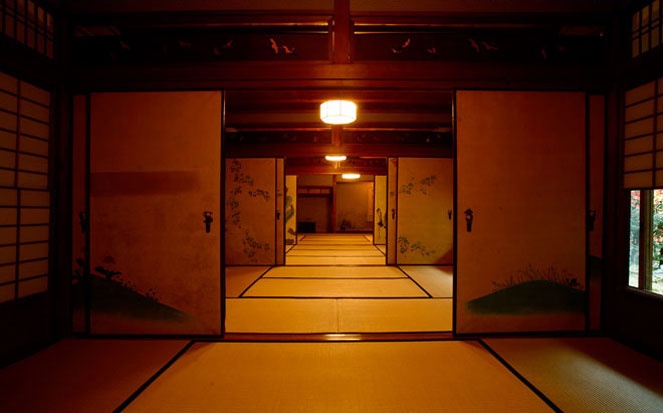
http://japanquestjourneys.com/accommodations-in-kyoto/
Miyamasou is a gourmet ryokan in Kyoto that was built as a temple guesthouse in the Meiji Period (1868-1912), and is now known for its wild herb cuisine passed down through the generations. The isolated atmosphere—like a serene, hidden hermitage—has been frequented since long ago as a place of sojourn by cultural figures who loved its chic elegance. The chef himself gathers seasonal ingredients from the mountains and fields, lavishly using them in dishes that showcase a superb sensibility so that each dish is a special experience that resonates with the senses. The most enjoyable thing to look forward to in autumn is the sweetfish broiled in sauce, which is a luxurious dish included in a traditional Japanese-style course meal.
The soup is served in a charmingly lacquered bowl with seasonal ingredients and the flavor of a clear, clean soup stock. Although simple in appearance at a glance, the deep flavor and sense of the seasons in this quintessential Japanese dish requires the utmost skill of the chef to produce. It is the ultimate in refinement, and the main player in a traditional Japanese-style course meal. The extravagant banquet of matsutake mushrooms rich in seasonal flavor and freshly-caught tilefish combine the unique flavor of the mushroom and slight sweetness and texture of the fish, resulting in a supremely elegant aftertaste.
Dishes of seasonal ingredients are prepared in front of your eyes at counter seats that stretch down the hall of the main house. The wild herbs gathered almost every morning by the chef himself, other seasonal ingredients, and the effort that goes into respectfully preparing them into exquisite dishes teach us the true meaning of sumptuousness. Come and enjoy a traditional Japanese-style course meal of wild herbs that fuses the sophistication of Kyoto cuisine and rural beauty of the mountains in an exquisite, shaded Japanese atmosphere.


